US Tariff Hike Threatens Growth of Indian Tyre Exports, Warns ICRA
- By TT News
- August 04, 2025
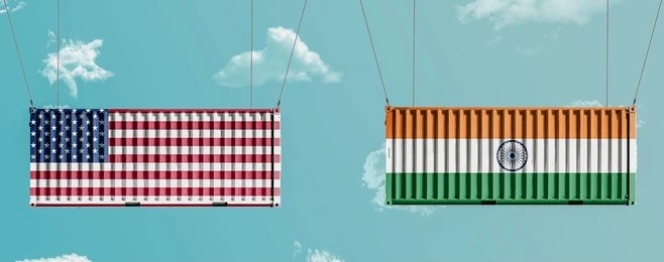
India’s tyre exporters are bracing for headwinds after the United States imposed a 25 percent tariff on Indian goods, a move analysts warn could erode the industry’s cost advantage and slow growth in a key overseas market.
Tyre exports account for about a quarter of Indian tyre makers’ revenues, with around 17 percent of outbound shipments headed to the United States in FY2025, according to ratings agency ICRA.
The hike, effective 7 August, puts India at a disadvantage to rivals such as Vietnam, Indonesia, Thailand, and the Philippines, which face lower tariffs of 19–20 percent.
“The current increase in tariff will increase the cost of tyres imported into the US significantly,” ICRA said, adding that pass-through of the duties would depend on a supplier’s criticality and share of business.
While Chinese tyres face a higher 30 percent duty, offering some cushion, analysts note that US replacement demand—a major segment for Indian off-highway, truck, and bus tyres—is already weakening amid economic uncertainty and slower auto sales.
ICRA noted that Indian tyre exports grew over nine percent by value in FY2025, driven by strong volumes in off-highway and commercial vehicle tyres. However, it cautioned that “a lower tariff rate for countries like Vietnam, Indonesia, Thailand and the Philippines will be key setbacks for the tyre exports”.
Domestic players will likely scale up exports to Europe and Africa but may face pricing pressure if the US business falters. A 20 basis point cut has reduced India’s FY2026 GDP growth forecast to six per cent over concerns the tariffs could hurt exports, including tyres.
The US move is part of a broader reciprocal tariff regime aimed at narrowing trade gaps. India’s trade surplus with the United States rose to USD 41 billion in FY2025 from USD 21 billion a decade earlier.
Zeon’s Q1 Profit Surges 115 percent In Elastomer Segment Despite Sales Drag From Yen Gains, Lower Raw Material Prices
Zeon reported a 115 percent jump in operating profit from its elastomer business in the first quarter of fiscal 2025, even as net sales across the segment stagnated, squeezed by a stronger yen and lower selling prices reflecting declining raw material costs.
Operating profit in the elastomer unit—including synthetic rubbers used in tyres—rose to ¥4.2 billion from ¥2.0 billion last quarter, as post-maintenance sales volumes improved and fixed costs dropped.
Segment revenue stood flat at ¥58.1 billion, down 4 percent year-on-year, with synthetic rubber sales slipping 2 percent to ¥44.5 billion. Chemicals revenue dropped 12 percent to ¥9.0 billion, while latexes rose 3 percent to ¥3.5 billion.
“Despite the impact of lower selling prices due to falling raw material prices and yen appreciation, both net sales and OP income were up due to higher shipments following the completion of regular maintenance and a reduction in headquarters expense allocation,” the company said in its earnings presentation.
For the full year, Zeon held its net sales forecast at ¥415.0 billion, up 4 percent year-on-year, but cut its operating income outlook to ¥30.5 billion, down 9 percent. The company also reaffirmed its ¥72 per share dividend for FY2025 and continued its 10 million share or ¥10 billion buyback programme.
While sales of general-purpose rubbers declined year-on-year due to export sluggishness and plant shutdowns, Zeon said shipments had rebounded quarter-on-quarter after completing maintenance at its Tokuyama and Singapore plants. Speciality rubbers also posted sequential growth, despite weak overseas demand.
Net profit for the quarter rose to ¥7.5 billion, up 24 percent from the previous quarter, supported by higher gains from investment securities and reduced impairment losses.
Zeon remains cautious for the year’s second half, citing US tariffs, volatile raw materials, and yen fluctuations. The company flagged potential shipment declines for optical films and synthetic rubbers in H2 but expects a recovery in FY2026.
Japan’s ispace, Bridgestone Sign Agreement To Develop Tyres For Lunar Rovers By 2029
Japanese start-up ispace inc. and tyre maker Bridgestone have agreed to jointly develop tyres for small and midsize lunar rovers, targeting Moon use by 2029.
The partnership equips Bridgestone’s elastic wheel technology—designed to adapt to harsh lunar terrain—on ispace's rover prototypes. The companies will conduct Earth-based performance tests before Moon deployment.
“Bridgestone’s lunar rover tyre has a structure of thin metal spokes, enabling flexible deformation while maintaining durability,” said Masaki Ota, Director of OE Business Strategy & Planning/New Mobility Business Division at Bridgestone. “This design delivers superior ability to traverse and shock absorption, allowing the rover to traverse the lunar surface and overcome obstacles such as lunar rocks.”
Bridgestone started developing lunar rover tyres in 2019 and unveiled concept models in April 2025 with lower weight to suit smaller rover platforms.
ispace, known for micro-sized lunar rovers, sees the partnership as key to its long-term lunar economy mission.
“ispace's goal of establishing a new economy on the Moon requires the participation of players from a wide range of industries,” said Takeshi Hakamada, Founder & CEO of ispace. “Bridgestone… is now developing lunar rover tyres for the extreme environments found on the Moon. These tyres will undoubtedly contribute to future human advancement on the Moon.”
The companies said they are also exploring collaboration opportunities through the Space Strategy Fund at Japan’s national space agency, JAXA.
Bridgestone Launches First Aircraft Tyre Tracking System With Cebu Pacific
Bridgestone has officially rolled out its proprietary aircraft tyre management system “easytrack” in collaboration with Cebu Pacific Air, marking the first deployment of the solution by a commercial airline.
The system, launched in April 2025, uses QR codes and a smartphone app to track aircraft tyres across the supply chain—replacing Cebu Pacific’s manual, paper-based process.
“As Cebu Pacific continues to expand its operations, it's essential that we invest in smart solutions that enhance efficiency and reduce manual workload,” said Shevantha Weerasekera, Vice President, Engineering & Fleet Management at Cebu Pacific. “Partnering with Bridgestone to implement the ‘easytrack’ system has enabled us to significantly improve our tyre management processes significantly, ensuring greater accuracy, safety, and productivity across our operations.”
Bridgestone said the system has halved labour time for inventory management and achieved full tyre tracking accuracy after verification trials at Cebu Pacific’s warehouses, MROs, and maintenance bases.
“As a value co-creation partner, we have proposed solutions tailored to on-site operations based on learnings and insights gained from Cebu Pacific Air’s frontline operations,” said Arata Tomita, Director, Global Aviation Tire Solutions Business Division at Bridgestone. “We are very pleased that the official implementation of ‘easytrack’ has contributed to the improvement of operational accuracy, safety, and productivity.”
Bridgestone said the move aligns with its “Bridgestone E8 Commitment,” with a focus on enhancing efficiency and ecology by supporting sustainable tyre practices and operational productivity.
Giti Tire Unveils Prototype With 93 Percent Sustainable Materials, Targets 2030 Mass Production
Giti Tire has developed a concept tyre made with 93 percent sustainable materials as the Singapore-headquartered manufacturer accelerates efforts to commercialise greener products by the end of the decade.
The prototype combines 53 percent renewable ingredients such as deforestation-free natural rubber, pine-based resin and silica derived from rice husks with 40 percent recycled materials including rubber, carbon black, steel and polyester fibres from plastic bottles.
“For Giti, this stands as both a milestone and a promise—a testament to the possibilities when scientific ingenuity encompasses environmental stewardship,” said Mr. Gao Qiang Sheng, R&D General Manager at Giti Tire. “The Giti team will continue pioneering sustainable ways to improve products while maintaining our signature balance of performance and safety in order to deliver driving enjoyment for all drivers.”
Giti said the tyre achieved a technical readiness score of 9 out of 10, underscoring the viability of its eco-friendly compounds in high-performance applications. Bio-based polymers, next-generation manufacturing techniques and advanced recycling processes all contributed to the breakthrough prototype.
The company is aiming to begin mass production of the material platform by 2030 as part of a broader push to reduce reliance on petrochemicals and lower carbon emissions across its supply chain.
Bekaert Warns Of Weakening Demand As Tariffs And Fx Weigh On Outlook
Belgian steel wire maker Bekaert reported resilient first-half 2025 earnings as strong cash generation and cost control offset softer sales, but warned that tariffs and currency pressures are weighing on demand.
The company posted consolidated sales of €1.9 billion, down 5.2 percent year-on-year, with volumes declining 2.6 percent and price/mix effects stripping out a further 2.2 percent. Underlying EBIT slipped 16.2 percent to €171 million, delivering a margin of 8.8 percent compared with 9.9 percent a year earlier.
Free cash flow surged to €123 million from €43 million in the prior-year period, driven by a €135 million reduction in working capital and €21 million in cost savings as the company continued to streamline operations and rein in capex. Net debt fell to €327 million from €399 million despite a continuing €200 million share buyback programme, €74 million of which has been completed.
“We have continued to focus on what we can control best – cash flow and costs - and have significantly reduced overheads and working capital in H1 2025,” chief executive Yves Kerstens said. “Equally, I am very pleased with the hard work of our teams fighting for volumes in the current challenging markets.”
He added: “We are also taking further steps to make our business units more autonomous and agile. Therefore, I am very confident that we will come out of the current business environment stronger and more cost competitive than ever before.”
Bekaert said volumes were particularly strong in its Steel Wire Solutions and Rubber Reinforcement divisions in the United States and China, while European and Latin American demand lagged. Its Brazilian joint ventures delivered €24 million in net profit share, up from €20 million a year ago.
However, the group cautioned that growing trade tensions – including a rise in US steel tariffs from 25 percent to 50 percent – and the weakening of the US dollar and Chinese yuan against the euro were eroding pricing power and softening orders.
“Following a period of resilience in Q2, the tariff uncertainty and weakening economic outlook has started to have an impact on demand,” Bekaert said.
The company now expects slightly lower full-year 2025 sales on a like-for-like basis, with an underlying EBIT margin of between 8.0 percent and 8.5 percent, down from 8.8 percent in the first half.
Korean Ministry Of Trade Commends Hankook Tire For Overseas Investment Excellence
- By TT News
- December 16, 2025
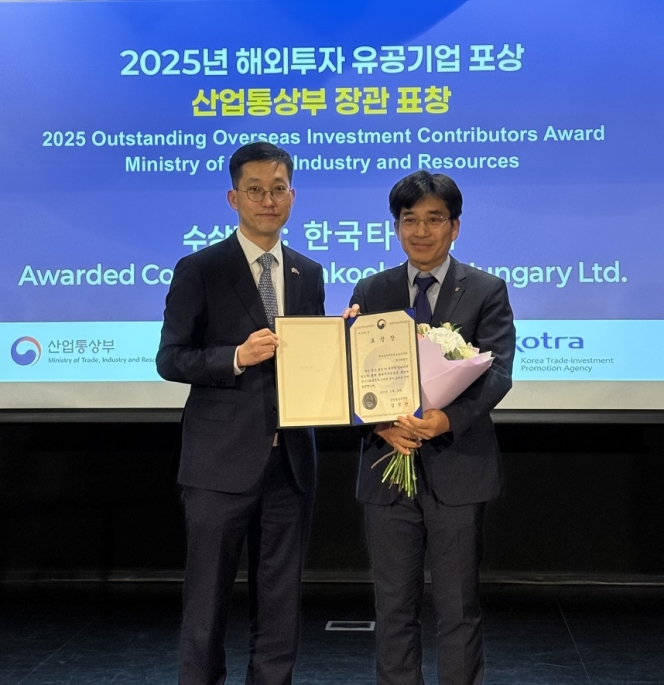
Hankook Tire has been honoured with a Ministerial Commendation by the Ministry of Trade, Industry and Resources of Korea. The honour was conferred at the 2025 Outstanding Overseas Investment Contributors Awards, an event hosted at the Korean Cultural Center in Budapest, Hungary, designed to recognise firms that enhance national competitiveness through global investment. During the ceremony, the company's leadership detailed its achievements to an audience of diplomatic officials and fellow Korean businesses operating in the region.
The award celebrated Hankook Tire's excellence across four critical areas. Economically, its strategic manufacturing base in Rácalmás, Hungary, established in 2008, has become a significant contributor to the Korean economy through consistent profit repatriation. The company has also acted as a catalyst for other Korean enterprises, enabling market entry for supply chain partners while securing its own strategic alliances within Europe, thereby strengthening the collective agility and global standing of Korean industry.
Beyond commerce, the company's deep local social commitment was highly recognised. The Hungarian plant is a cornerstone of the regional economy, having multiplied its local workforce to approximately 3,000 employees and maintaining this stability even through periods of global economic uncertainty. This commitment extends through extensive community outreach, including the long-term donation of tyres to enhance public and private mobility safety, alongside targeted investments in local infrastructure, social welfare and youth scholarships.
Furthermore, Hankook Tire serves as a central pillar for the Korean business community in Hungary. By holding leadership roles in major business associations, the company facilitates essential dialogue and practical cooperation, helping to resolve common challenges and support the sustainable operation of Korean enterprises in the market. Through this powerful combination of economic performance, social integration and community leadership, Hankook Tire exemplifies the impactful role of responsible overseas investment in fostering mutual growth and strengthening international ties.
Ho Taek Lim, Managing Director of Hankook Tire Hungary plant, said, “As a representative company with deep roots in Hungary, Hankook Tire is committed to fostering unity within the Korean community and supporting the successful establishment of Korean companies entering the market. Through close collaboration with local institutions, we will continue enhancing the competitiveness of Korean companies in Europe while advancing Korea’s national interests.”
Apollo Tyres Launches Vredestein Comtrac 2+ Van Tyre
- By TT News
- December 16, 2025
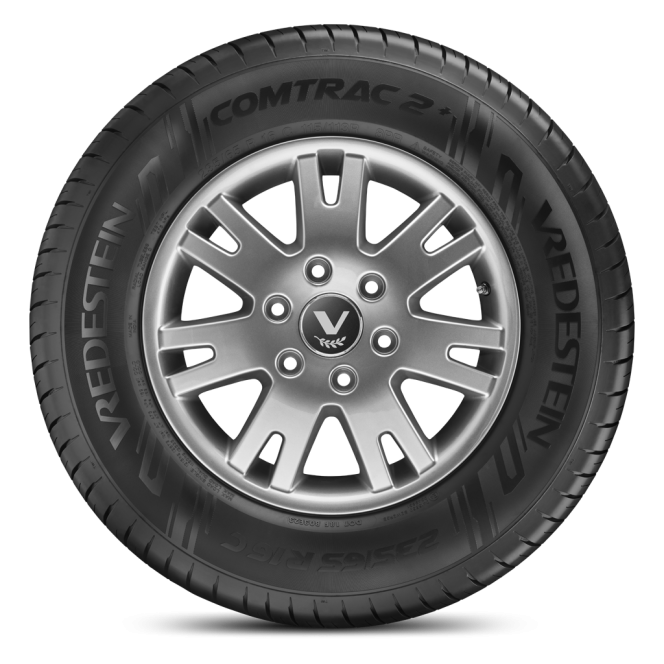
Apollo Tyres Ltd has introduced the Vredestein Comtrac 2+, a new summer tyre engineered for light commercial vehicles. Set for a European launch in January 2026, this premium model will be available in 21 sizes for rims from 15 to 17 inches, including extra-load variants for heavier demands. It builds upon its predecessor with significant advancements in durability, efficiency and overall performance, aiming to lower the total cost of ownership for fleet operators.
A key innovation is a fourth-generation polymer compound, which boosts abrasion resistance by 13 percent. This advancement extends tread life, reduces replacement frequency and minimises the release of microplastics from wear. The tyre’s construction includes a reinforced bead area and a robust carcass for enhanced stability and reliability under heavy loads, improving vehicle uptime. Safety in wet weather is addressed through a specialised silica filler and an efficient tread pattern designed to prevent aquaplaning by rapidly dispersing water.
Furthermore, the Comtrac 2+ achieves a seven percent reduction in rolling resistance, improving fuel economy for conventional vehicles and helping to extend the driving range of electric and hybrid vans. Every aspect of the tyre is crafted for maximum longevity and cost efficiency, supporting business operations with fewer interruptions. The product also meets the stringent requirements of the European Union Deforestation Regulation, aligning with contemporary environmental and sustainability standards.
Yves Pouliquen, Vice President, Commercial EMEA, Apollo Tyres Ltd, said, “With the Comtrac 2+, we set out to address the changing demands of today’s light commercial vehicle operators, whether independent trade professionals or major fleet managers. Our R&D Team has engineered the tyre to deliver longer tread life, lower rolling resistance and a safer, more comfortable ride that drives greater efficiency – all at an accessible price point.”
MRF Tyres Clinches Third FIA European Rally Championship Team Title
- By TT News
- December 16, 2025
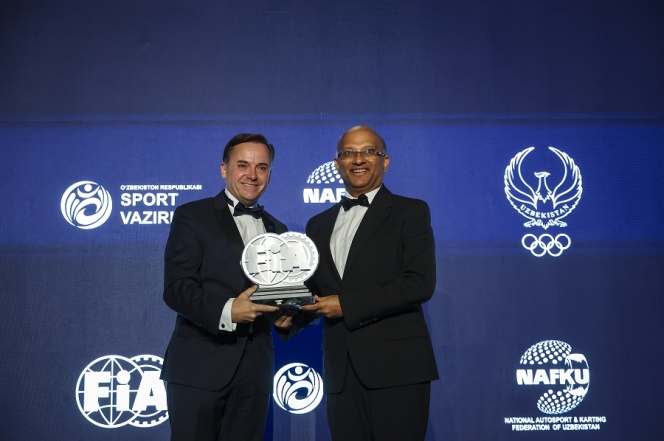
MRF Tyres has once again proven its motorsport pedigree by securing the 2025 FIA European Rally Championship Team Title. The official accolade was presented at the season-ending FIA Awards Gala in Tashkent, where Vice-Chairman and Managing Director Arun Mammen collected the trophy. This gala represents the pinnacle of the international motorsport calendar, formally recognising champions from across the discipline.
This victory marks the team’s third ERC crown, following previous successes in 2022 and 2023. It was earned through a campaign defined by remarkable consistency and adaptability across diverse rally stages. Strategic tyre choices and seamless coordination between the team’s personnel, engineers and driving crews were fundamental to this achievement, highlighting the programme’s overall strength and the reliability of its products.
The company has extended its appreciation to every individual who contributed to this result. The recognition at such a distinguished forum reinforces the company’s commitment to excellence and cements its position as a leading force on the global rally stage.
Mammen said, “We are deeply honoured to receive the Team Title at such a prestigious occasion. This award recognises not only the work of our engineers and staff, but also the spirit, dedication and resilience of the entire MRF Tyres organisation, both on and off the stages of the 2025 European Rally Championship. When preparation, performance and passion come together, tyres can make the difference. This trophy underlines our commitment and encourages us to continue delivering our very best in the seasons to come.”
BKT Unveils World-Class Sports Injury And Rehabilitation Centre At KEM Hospital
- By TT News
- December 16, 2025
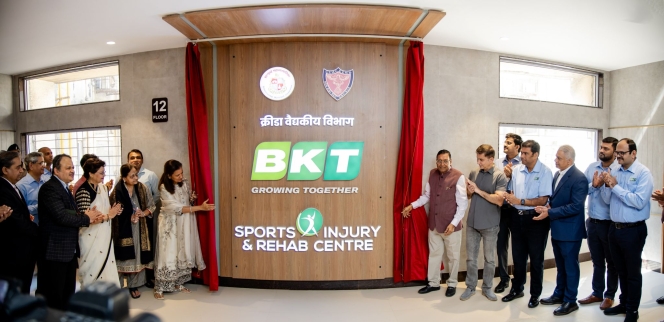
Balkrishna Industries Ltd (BKT Tires), a global leader in Off-Highway tyre manufacturing, has reinforced its commitment to India’s healthcare and sports development by enabling the establishment of a world-class Sports Injury and Rehabilitation Centre at King Edward Memorial (KEM) Hospital in Mumbai through its CSR arm, the BKT Foundation. Spread across more than 15,000 square feet within the hospital premises, the facility represents a significant addition to public healthcare infrastructure while responding to the growing needs of India’s evolving sports ecosystem.
Designed to serve athletes from diverse disciplines, the centre is expected to emerge as one of western India’s most comprehensive rehabilitation hubs within the public healthcare system. With the ability to support more than 1,000 athletes each year and facilitate over 500 specialised surgical procedures, it aims to accelerate recovery, enhance performance and help sportspersons prepare for competition at national and international levels.
Clinical leadership of the facility rests with Dr Roshan Wade, sports specialist and additional professor in the Orthopaedics Department, who will work alongside a multidisciplinary team of surgeons, physiotherapists, rehabilitation experts and nutrition professionals. Together, they will deliver integrated and end-to-end care under one roof, addressing both injury management and long-term physical conditioning.
The centre houses a fully equipped operation theatre complex with three advanced surgical rooms, a 20-bed inpatient ward and ICU-backed post-operative care. Its rehabilitation wing features high-end technologies including hyperbaric oxygen therapy, zero-gravity and underwater treadmills, virtual reality-based recovery systems and a specialised gait analysis laboratory. Outpatient services are supported by consultation rooms, in-house imaging such as X-ray and scannogram facilities and a wide range of interventional therapies.
The inauguration on 14 December 2025 was attended by senior leadership from BKT, municipal authorities and KEM Hospital, underscoring strong public–private collaboration. With an investment of approximately INR 200 million and a multi-year agreement ensuring equipment upkeep and infrastructure support, the project reflects BKT Foundation’s broader vision of strengthening healthcare capacity while nurturing India’s sporting potential.
Arvind Poddar, Chairman and Managing Director, BKT, said, “At BKT, we believe progress truly happens when communities move forward together. ‘Growing Together’ is more than a motto for us. It guides our decisions. By creating this centre with KEM Hospital and the BMC, we want to make world-class treatment accessible to every athlete. We are confident this facility will help many sportspersons return stronger.”
Vijayalaxmi Poddar, Chairperson, BKT-CSR committee, said, “This project reflects the values BKT stands for – Care, Dignity, Accessibility and Empowerment. Our goal was to create a space where healing is dignified and where every athlete feels supported at every stage of recovery. We want our youth to believe that their dreams are achievable, and we stand with them as they pursue excellence.”


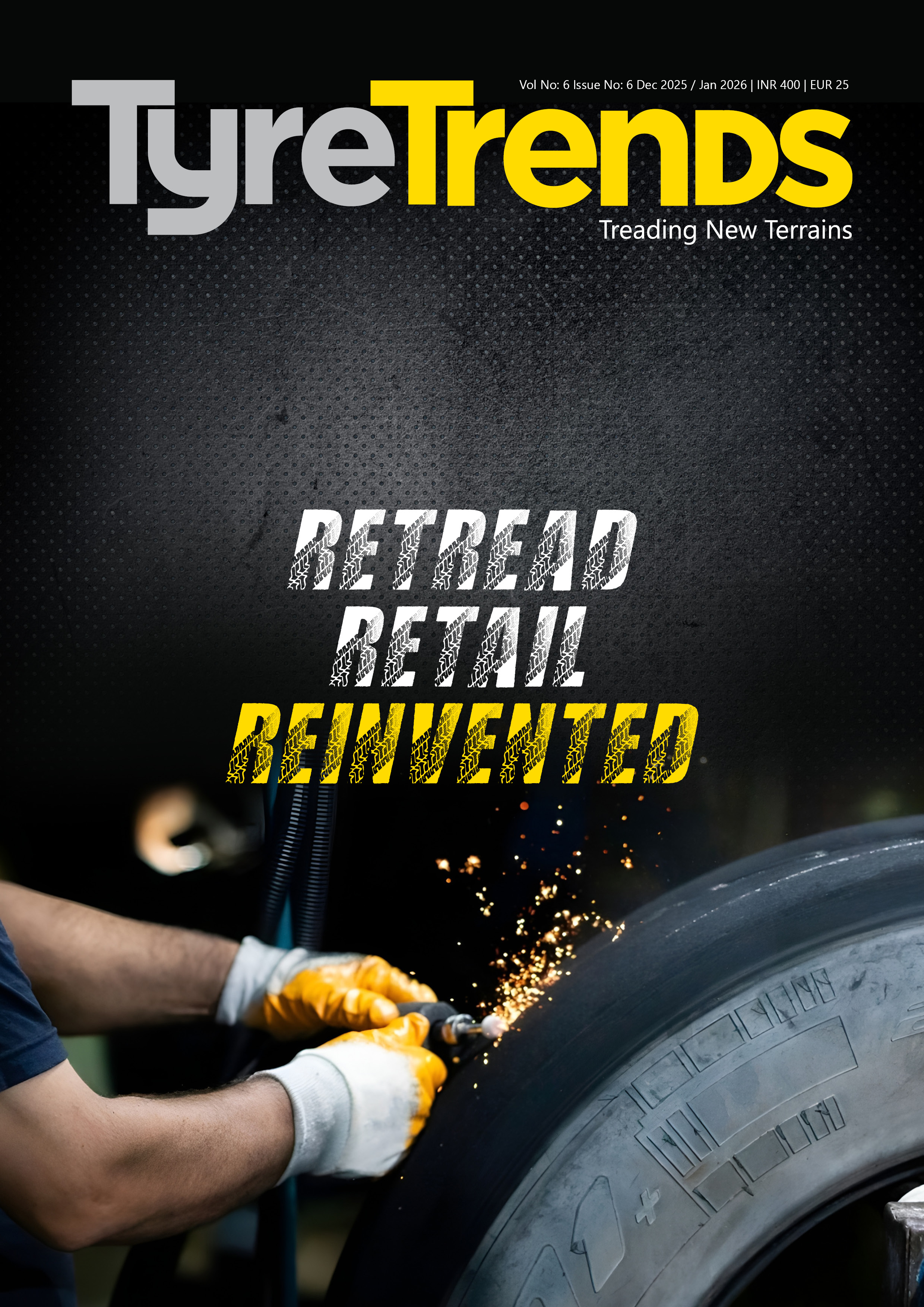
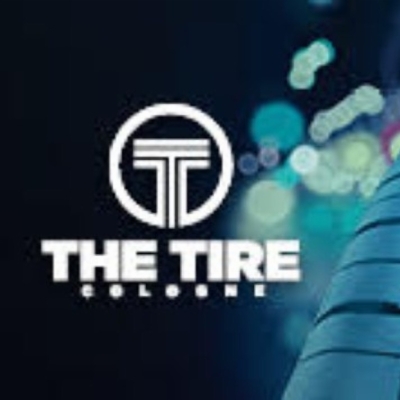


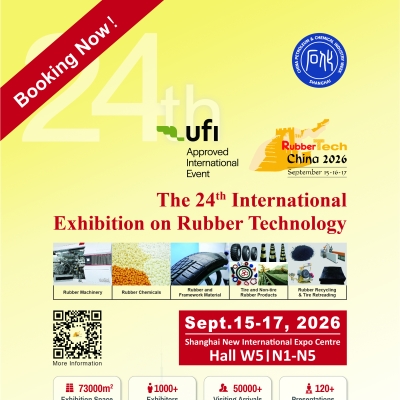
Comments (0)
ADD COMMENT